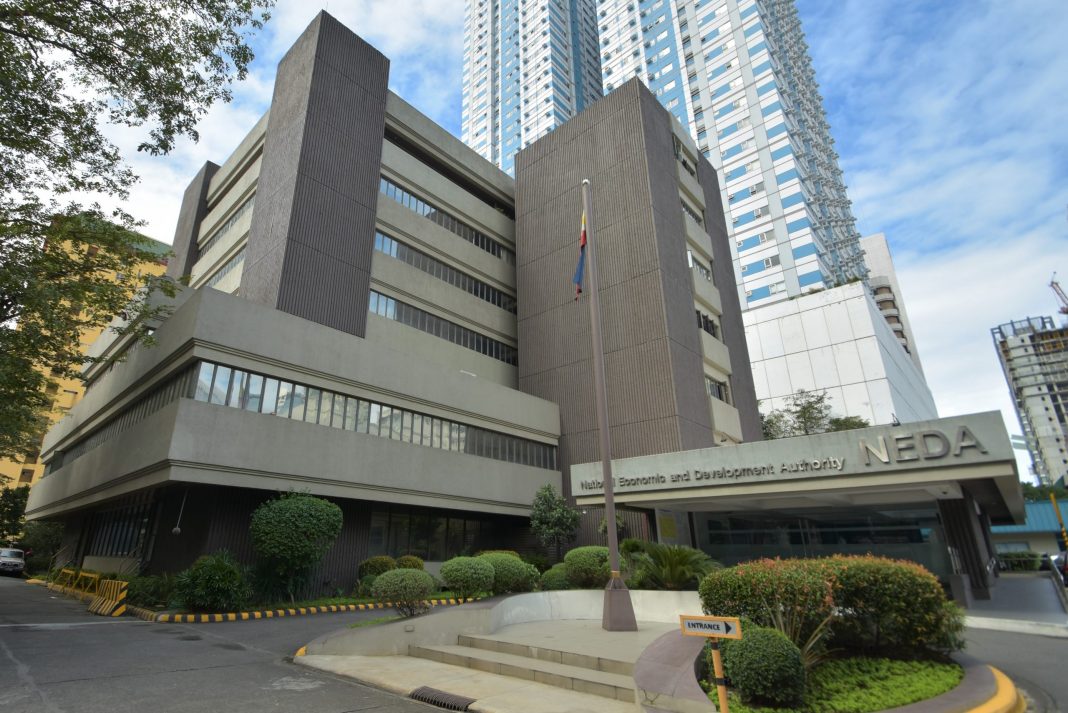The Philippine economy, as measured by gross domestic product (GDP), grew by 5.6% in 2024, slightly faster than the 5.5% growth recorded in 2023. Although this growth falls short of the government’s target of 6.0% to 6.5%, the Philippines remains the third fastest-growing economy in the region, trailing Vietnam (7.5%) and China (5.4%) but outpacing Malaysia (4.8%).
NEDA Undersecretary Rosemarie Edillon highlighted that the economy slowed to 5.3% in the fourth quarter of 2024 compared to the same period in 2023. This slowdown was primarily due to a 1.8% year-on-year contraction in the agriculture, forestry, and fishery (AFF) sector, which contributes around 8.0% to GDP and provides livelihood for about one-fourth of the workforce. The AFF sector faced disruptions in crop production, livestock, and fisheries, further compounding its vulnerabilities.
Despite these challenges, the industry and services sectors continued to drive economic growth in the fourth quarter of 2024, with year-on-year expansions of 4.4% and 6.7%, respectively. Manufacturing grew by only 3.1%, hampered by subdued global demand due to geopolitical tensions and the slow recovery of advanced economies.
“We faced numerous setbacks in 2024, such as extreme weather events, geopolitical tensions, and subdued global demand, similar to the challenges we encountered in 2023. This suggests that these conditions may represent the new normal,” said Edillon. “While some challenges affect the entire economy, others exert pressure on specific sectors. Consequently, our economic performance in 2024 hinged on the impact of these factors on various sectors and whether we can mitigate the negative effects or enable a swift recovery.”
Seven infrastructure flagship projects (IFPs) were completed in 2024, with eleven more expected to be finished in 2025. “Infrastructure development remains a crucial driver of economic recovery and long-term growth. It is essential to collaborate with local government units (LGUs) to ensure the expedited completion of these projects and that these new infrastructures effectively promote growth within their respective areas,” said Edillon.
Looking ahead to 2025, the government aims to regain growth momentum through strategic investments and initiatives designed to strengthen resilience and lay the foundation for long-term, inclusive growth. To boost economic competitiveness, Edillon emphasized that the government will enhance operational efficiency and streamline business processes. “The Anti-Red Tape Authority (ARTA) will expand partnerships to accelerate the adoption of the Electronic Business One-Stop Shop (eBOSS) across local government units. Key legislative measures, including the Foreign Investor’s Long-Term Lease Act, amendments to the Right-of-Way Act, the Konektadong Pinoy bill, and the E-Governance Act, will be crucial in attracting investments in infrastructure and priority sectors.”
Recognizing the global shift toward a green economy, the government will position the manufacturing sector as a key player in sustainable industries. “Efforts will focus on expanding the domestic manufacturing base and attracting investments in electric vehicle (EV) batteries, electronics, and other green technologies. Additionally, reforms to the mining fiscal regime will be prioritized to capitalize on the rising demand for critical minerals needed for the energy transition,” said Edillon.




